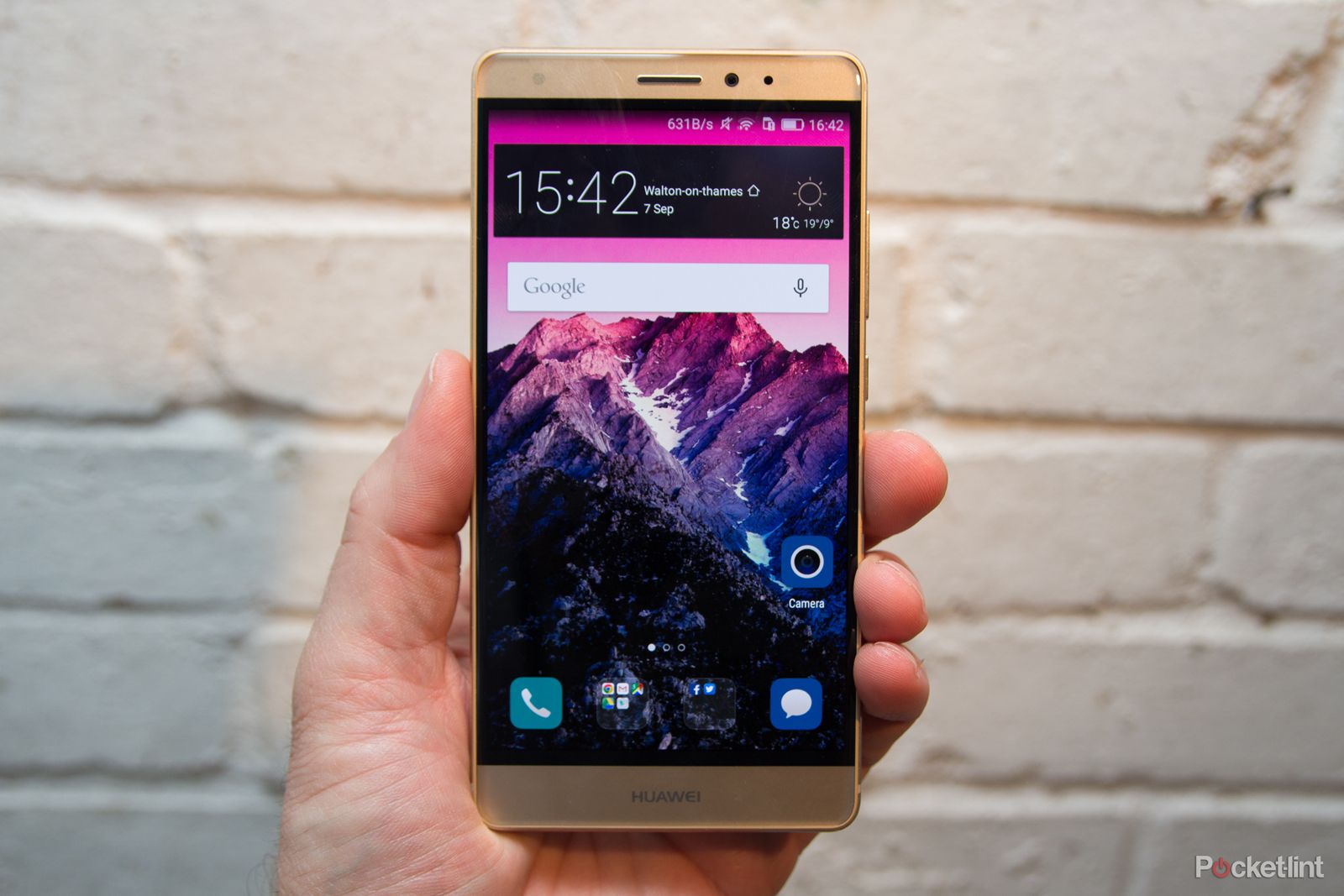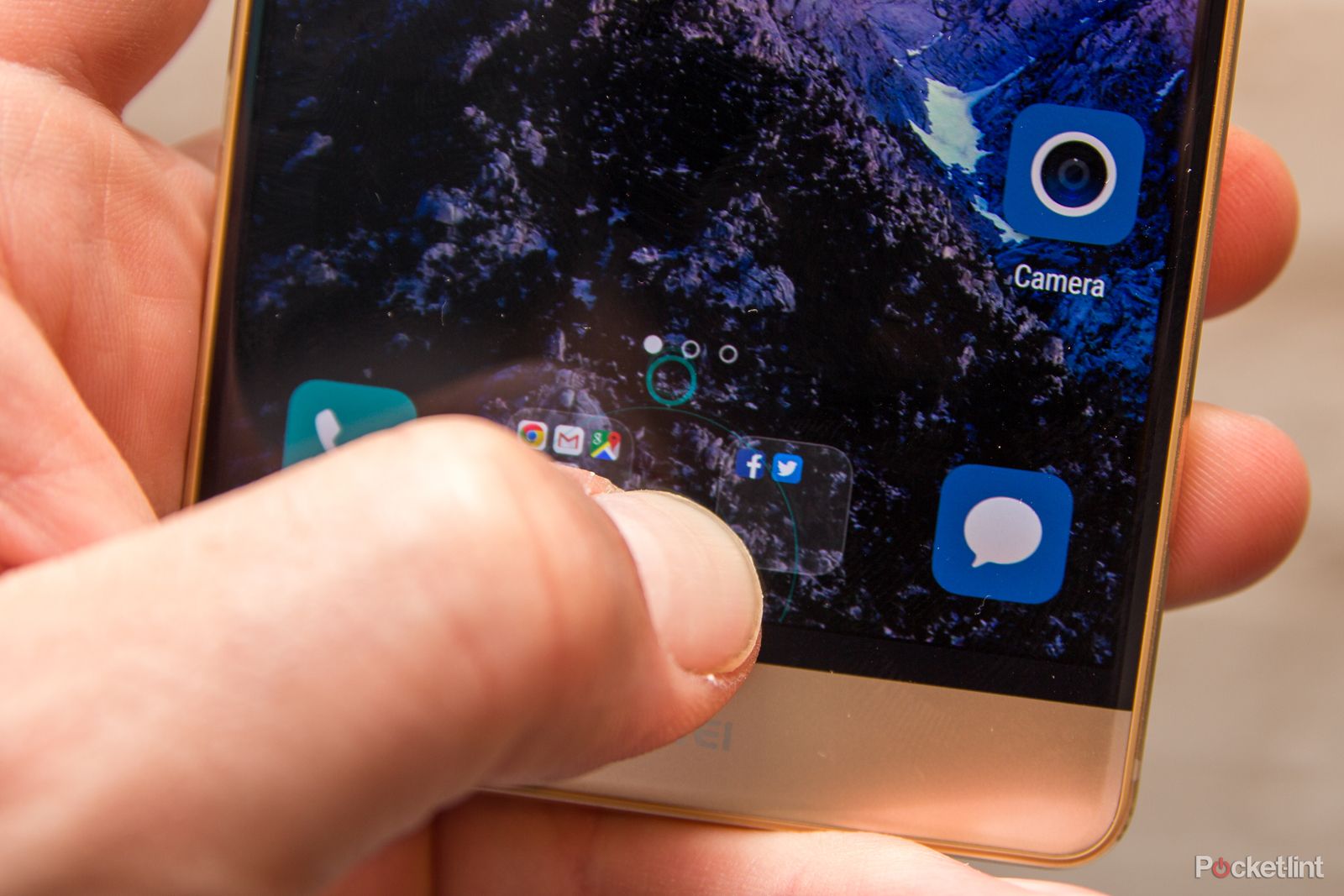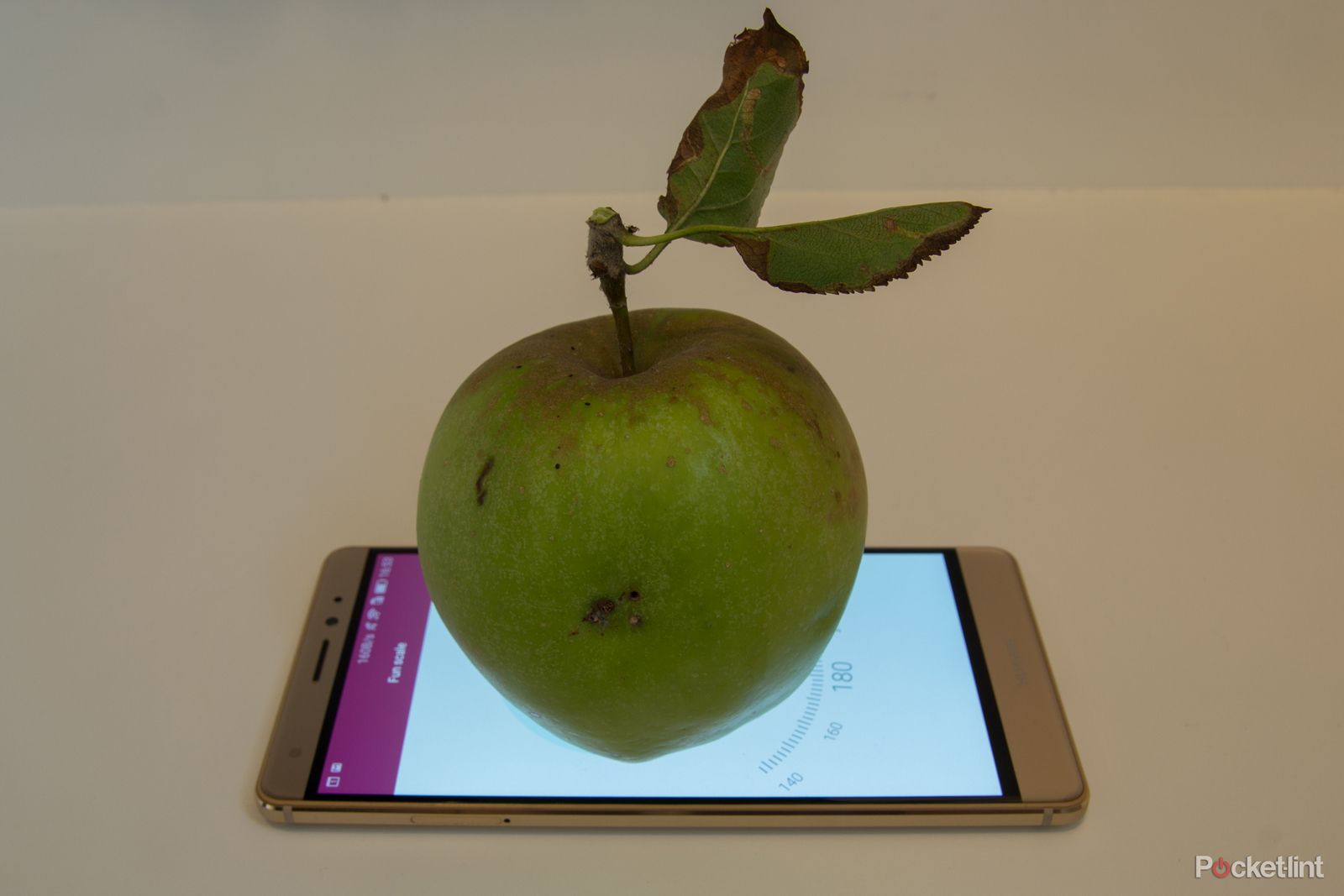Huawei took to the stage at IFA 2015 to show off the new Mate S. There's a lot to this new device, but the part that's likely to draw the most attention is the pressure-sensitive display.
Firstly a little clarity: the pressure-sensitive display isn't on all the Mate S models. There are two "normal" devices, called standard and premium, that don't have this new function. The "Force Touch" display is reserved for the Mate S luxury version that also has 128GB storage.
What is Force Touch?
Force Touch is the term that Apple has been using for pressure sensitivity in touch surfaces. It's on the Apple Watch and it's something that the trackpad on the MacBook offers, giving a new method of interaction. With the launch of the iPhone 6S and 6S Plus, Apple introduced 3D Touch the branding they'll use for pressure-related interation on the iPhone.
Huawei used the term Force Touch during its announcement at IFA 2015, but note that it's not used in the device at all: it's simply called "pressure sensing".
One of the interesting things about this move from Huawei is that it hasn't been done on a smartphone before. We say that, but it has been supported in Android since version 2.0, although we've never seen it used part of the user interface.
It's different from some existing pressure-sensitive devices - like a Wacom tablet for example - where the sensitivity comes from the pen on the surface.
Pressure-sensitive display features
The pressure sensitivity on the Mate S display gives you a new method of interaction. There are long and short presses, gestures and multi-touch options that have been on devices for some time: but pressure is entirely new.
On the Huawei Mate S, there's the option to remove the navigation controls and use pressure touching instead. This means less UI on the display and more space for your content. You don't need those touch buttons sitting in a bar, because a firm press across the bottom in those locations will have the same affect.
Then there's the option for shortcuts in the top left and right corners. These shortcuts can be attached to any app you have on the phone, meaning you don't need an icon. You could have Twitter on the left and Chrome on the right, you could have Google Maps, the camera, anything you like, as you just select it through the menu. It only works from the home screen however.
These two features directly affect the navigation experience on the device on a daily basis and as they are hardware features, it doesn't matter what launcher you use: we've used them on the stock EMUI, as well as Google Now Launcher.
The app shortcuts take a little more persuasion than the navigation controls. It's a little harder to get it to respond and launch the app you want. This might be because this is brand new on this device and the software needs refinement, or it might be bad technique on our part. However, pressure navigation has already won us over.
Pressure-sensitive display: App interaction
Aside from the device navigation options we've talked about, there are apps that offer "Force Touch" interaction too. In reality, this is something that we expect to see a lot more of in the future as on day one, it's limited to a couple of showcase examples.
The fun scales
Shown-off during Huawei's press conference, the scales might have limited application in the real world. Fire up the app and you can weigh light items between 100-400g, like an apple. We tested it alongside a set of kitchen scales and yes, it's not the most accurate, pretty consistently 20g off.
It's a bit of fun though, even if you couldn't run your fruit and veg stall from it.
Gallery zooming
The second example is zooming in photos. Yes, you can do this with a pinch gesture already and previously people have tried spiral motions and all sorts. But this is a good showcase of what you can do with different pressure.
Hold a finger against an image in the gallery and a circular zoomed area pops up. Sure, you could do that with a long press. But the clever thing here is that zoomed area will change the magnification based on how strongly you are pressing on the display. This is a really good demonstation, showing the impact of pressing with altering forces.
Huawei vs Apple: 3D Touch face-off
Much of the interest in pressure-sensitivity in the display is likely to be fuelled its inclusion in the iPhone 6S, called 3D Touch. Regardless of what Apple is doing, it's great to see a company like Huawei doing this. It might be reserved for a premium device, but it's a unique feature that can be really useful.
Like many new hardware features, how significant it will be is defined by how the software puts it to use. This is where Apple brings a lot to the table, wth 3D Touch deeply baked into it's UI. You can 3D Touch to preview links and open them with a harder touch, or launch the front camera instead of the rear through different pressure on the app icon.
One big difference between Huawei and Apple, however, is price. For Huawei this new display feature reserved for a luxury edition handset. For Apple, sitting in a higher price bracket, it's going to be a feature that's available on the iPhone 6S and iPhone 6S Plus, so in the hands of a lot of people.
It's obvious that Huawei's implentation is a starting point and that Apple has found a wider range of ways to use the technology - although there's always the potential for confusion.
Conclusions
The Huawei Mate S offers many great elements and the pressure-sensitive display is one of them. It brings a new method of interaction with the device that's genuinely useful.
It feels like there's a lot of potential to do more in the future, but these early days of pressure-sensitive display features are encouraging. We especially like the option to remove the Android navigation controls and use pressure instead.
But we're more interested in how this could be put to use in the future, how app developers could use it, and that's going to need a lot more support than just this one device.



